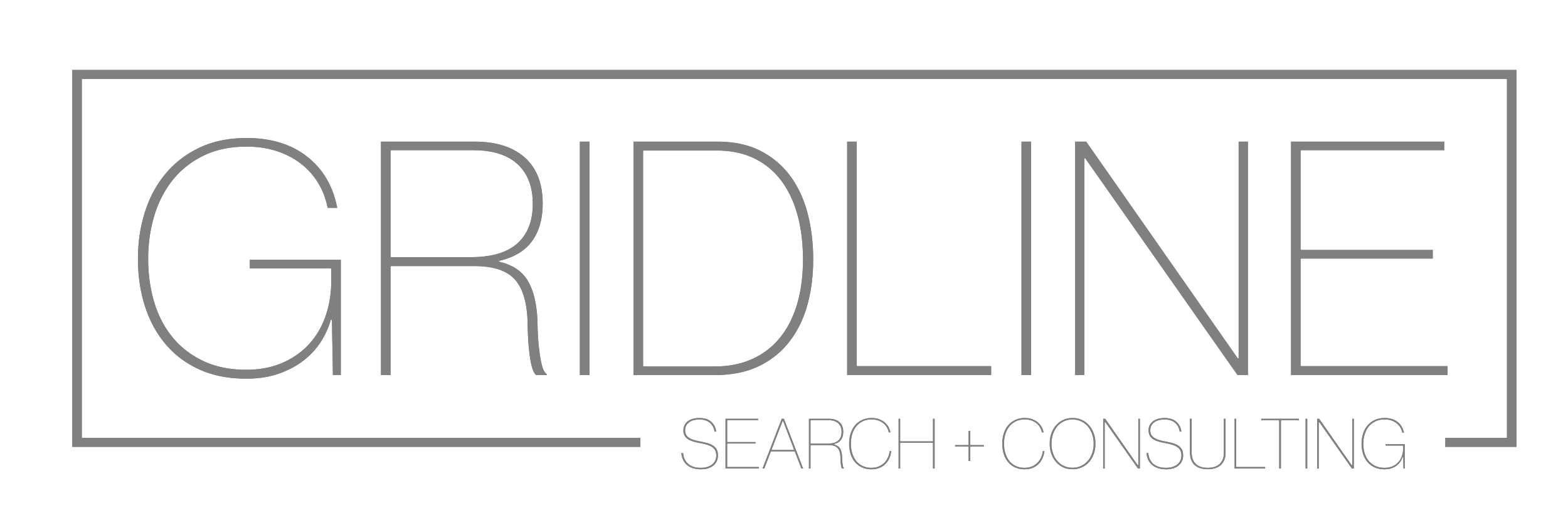In an the competitive lateral market for BigLaw associates, legal resumes are expected to be precise, persuasive, and tailored to the expectations of the specific firm and the specific position. While resume writing remains a fundamentally human exercise—requiring strategy, judgment, and knowledge of the market—generative AI tools like ChatGPT can serve as a valuable resource when used with discretion.
For BigLaw associates seeking to refine their materials, ChatGPT offers practical advantages: rapid drafting, linguistic refinement, and formatting assistance. But effectiveness depends entirely on the quality of the prompts and the clarity of the user’s goals.
The most effective approach is to treat ChatGPT not as a resume writer, but as an editorial assistant. Rather than asking it to “write a resume,” users should provide concrete experience and then prompt the tool to revise or reorganize that material.
AI tools like ChatGPT are most useful when drafting the job description bullet points—the part of the resume that matters most when tailoring your experience to a specific firm or position.
For example, consider the following raw bullet from a litigation associate: “Worked on discovery in securities class action; handled document review; helped draft motion to dismiss.” An effective prompt for editing this might be: “Refine this bullet to emphasize active verbs, scope of responsibility, and outcome. Keep it under 25 words.” ChatGPT might return: “Managed document review and contributed to drafting motion to dismiss in $200M securities class action.”
Tailoring resumes to specific practice areas is another useful application. A corporate associate targeting a healthcare M&A role might enter: “Advised private equity clients on transactions across various sectors.” and then prompt: “Revise to emphasize healthcare sector experience, regulatory familiarity, and deal volume.” This results in a more strategic presentation: “Advised private equity sponsors on multiple healthcare transactions, coordinating regulatory due diligence and managing all phases of deal execution.”
For intellectual property associates, prompts such as: “Highlight patent litigation, Hatch-Waxman/ANDA matters, and technical subject matter expertise in molecular biology,” can help position the resume more effectively for specialist roles.
ChatGPT can also assist with formatting and proofreading tasks that are time-consuming but essential. Examples of useful prompts in this area include:
"Review the attached resume and provide a list of all major grammar and spelling errors."
“Identify and fix inconsistent date formatting, punctuation, and spacing.”
“Tighten each bullet point by 15% without losing clarity or specificity.”
“Remove all personal pronouns and passive constructions from these resume bullets.”
Associates concerned with length can enter a prompt such as: “Condense these four experience bullets to three, prioritizing leadership, complexity, and client-facing work.” Or for style consistency: “Edit all bullets to begin with strong action verbs and maintain parallel structure.”
Of course, discretion remains essential. While ChatGPT can streamline language and structure, it cannot replace professional judgment. Associates should carefully review all AI-generated output to ensure accuracy, clarity, and alignment with their actual experience. Overuse or uncritical acceptance of AI suggestions can result in generic or inflated language that detracts from credibility.
Used strategically, however, ChatGPT can significantly accelerate the resume drafting process, particularly for associates who are clear on their experience but benefit from editorial assistance. The most effective resumes still reflect an attorney’s authentic work—framed with purpose and polish. When used with intention, ChatGPT can support that goal, helping candidates better position themselves for lateral success in the BigLaw world.






